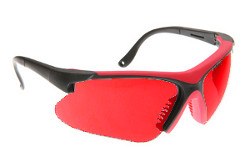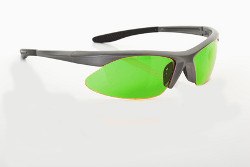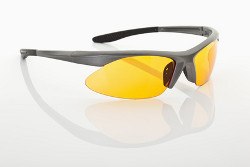 Not so long ago, it was unheard of for a pro golfer to wear sunglasses while hitting a shot or putting. While it’s still relatively rare on the PGA Tour, quite a few LPGA and Champions Tour golfers sport shades while swinging.
Not so long ago, it was unheard of for a pro golfer to wear sunglasses while hitting a shot or putting. While it’s still relatively rare on the PGA Tour, quite a few LPGA and Champions Tour golfers sport shades while swinging.
Sunglasses were once considered a hindrance to depth perception, feel, and picking up nuances when reading greens. But in the last decade, numerous manufacturers have introduced technology that eliminates the old objections. That is, for golfers who are willing to try them.
Why wear shades on the course, aside from the obvious benefit of eye comfort? First and foremost, eye health. Prolonged exposure to sunlight can be extremely harmful to your peepers, increasing your risk of cataracts, macular degeneration, pterygia and other diseases. According to studies, 30 percent of golfers aged 60 and older suffer from a light-related vision impairment.
Furthermore, a great deal of energy is used by your eyes, especially on bright days in a focus-intensive activity like golf. The more strain you can take off the eyes, the better you’ll feel late in the round.
If you’re interested in purchasing a pair of sunglasses for the course, consider these features and benefits when shopping:

- 100 percent UV protection: Your shades should shield you from the full spectrum of dangerous ultraviolet light – UVA, UVB and UVC rays. The best block UV400 rays as well.
- Polarization… or not: Polarized lenses cut down glare by allowing only vertical light in, keeping horizontal light out. However, detractors claim polarization inhibits your ability to read greens by “flattening” surfaces. Golf sunglasses are available in both polarized and non-polarized styles.




Expense: Now considered (and marketed as) an important piece of equipment, golf-specific shades can get a bit pricey. While some fetch up to $300 for a non-prescription pair, cheaper models (around $50) may not include the protection and performance you’re after. It’s always good to try before you buy.





